From Fatalities to Foresight: How India is Tackling Workplace Hazards Head-On
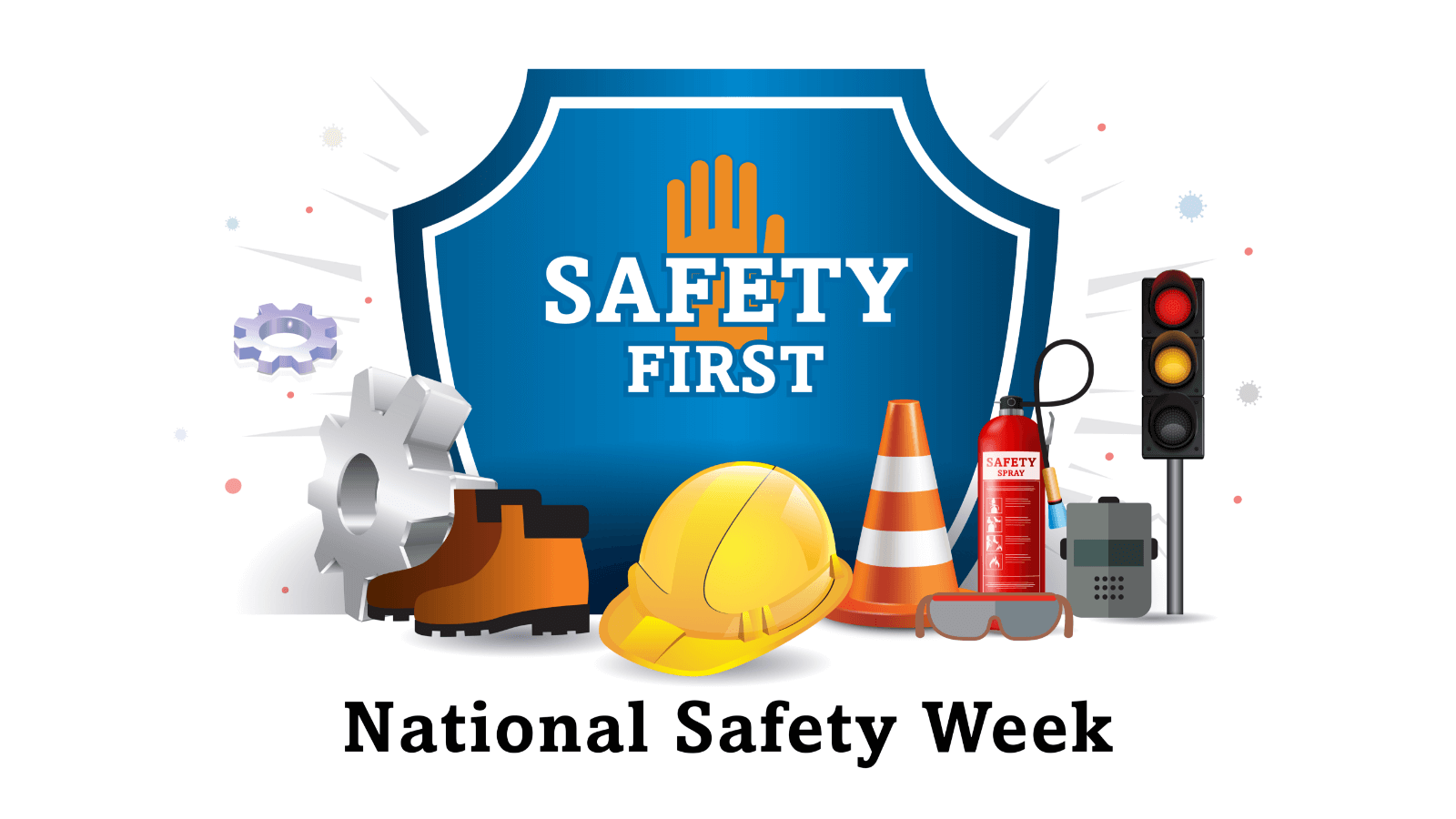
From Fatalities to Foresight: How India is Tackling Workplace Hazards Head-On
The significance of ensuring workplace safety cannot be overstated, as it not only enhances the prosperity of businesses but also promotes the well-being of employees. In India, a nation with a burgeoning economy and an enormous workforce, industrial safety holds a particularly critical position.
The problem of industrial safety is evident from the numbers. According to data from the Directorate General Factory Advice Service & Labour Institutes (DGFASLI)(1), there were 1,050 fatal workplace injuries in the year 2020, which translates to an average of nearly 3 deaths per day.
Despite laws aimed at safeguarding workers and promoting occupational safety, their effectiveness is often limited by a prevailing cultural attitude towards workplace safety that hinders proper implementation. Thus, there is a need to adopt a multifaceted solution that considers regulatory compliance and improves safety culture, including the attitudes, beliefs, and values that shape workplace behavior.
From Crisis to Consciousness: How India is Ushering in a New Era of Industrial Safety
It was only after independence that India got the opportunity to take measures to improve industrial safety. The Factories Act of 1948 was India’s first major legislation on industrial safety. It aimed to ensure factory workers’ safety, health, and welfare. Subsequently, several amendments were made to make it more comprehensive and practical.
In 1984, the Bhopal gas tragedy killed thousands, highlighting the need for more robust safety measures in industries. This led to the Environment (Protection) Act 1986, which aimed to protect and improve the environment and prevent hazards to human beings, other living creatures, plants, and property.
The National Safety Council (NSC), established in 1966 by the Ministry of Labour and Employment, has actively guided and provided services to promote safety awareness and safe work practices. In recent years, there have been focused efforts by organizing safety campaigns to address the root cause of workplace hazards, which often lies in a lack of awareness and education.
The NSC’s National Safety Week campaign is a crucial contributor to creating safety awareness and establishing safety standards across all sectors. The week-long campaign commences on March 4th of every year. It encourages employers to involve their employees in Safety, Health, and Environment (SHE) activities, thereby promoting workplace behavior and hazard prevention improvements by both employers and workers.
Beyond Compliance: How Technology and Specialized Services are Shaping Industrial Safety Culture in India
Besides legislative and institutional measures, technological advancements have also significantly enhanced industrial safety in India. For instance, the emergence of Industry 4.0, focusing on automation, machine learning, and the Internet of Things, has led to the development of more innovative and safer industrial systems.
Furthermore, various private and public organizations have emerged in recent years to provide specialized services in industrial safety. These organizations offer training, certification, and consulting services to businesses and individuals on various aspects of workplace safety, such as hazard identification, risk assessment, and emergency response.
Ensuring Workplace Safety: The Key to Sustainable and Inclusive Growth in India
Industrial safety is and will have to be a critical aspect of India’s growth story, and efforts to improve it should be a priority for all stakeholders. Moreover, the COVID-19 pandemic has brought to the fore the need for a more comprehensive approach to workplace safety that includes not just physical hazards but also biological ones.
As India continues to pursue its path of economic growth, it is essential to ensure that this growth is sustainable and inclusive and that workplace safety is an integral part of it. At Moglix, we recognize the need for a safety-conscious workforce and offer comprehensive safety solutions to create a safer work environment. Contact us today and partner with us to build a safer and more sustainable India.
Uncovering the Advantages and Challenges of Quiet Hiring in Today`s Job Market
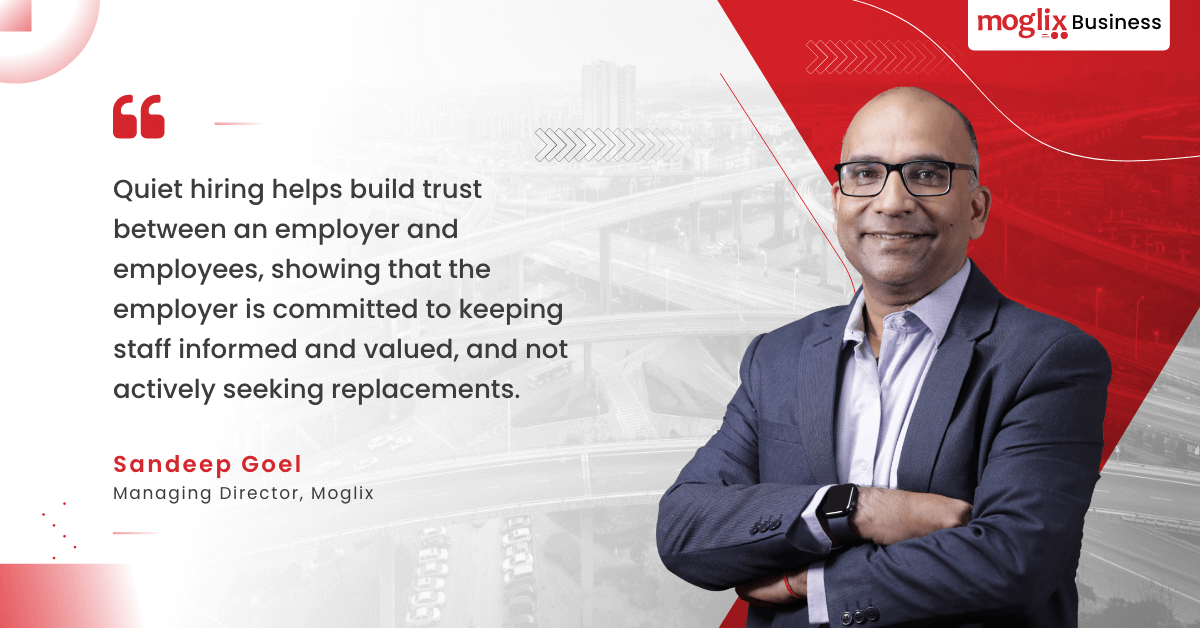
Uncovering the Advantages and Challenges of Quiet Hiring in Today`s Job Market
Experts at Gartner recently listed quiet hiring as one of the top workforce trends for 2023. According to Emily Rose McRae, Sr. Director of Research at Gartner, “Quiet hiring is when an organization acquires new skills without actually hiring new full-time employees.”
The rise of quiet hiring is not just a response to the pandemic. It is part of a broader trend toward more personalized and targeted hiring. Employers are increasingly using data analytics, social media, and other tools to identify and attract the right candidates for their specific needs, rather than relying on generic job postings or mass hiring campaigns.
Saving the Planet One Weld at a Time: How Sustainable Welding can Make a Difference

Saving the Planet One Weld at a Time: How Sustainable Welding can Make a Difference
Welding is a critical process in various industries, with millions of welders working around the globe. But did you know that inefficient welding practices and equipment can significantly impact the environment?
According to the International Energy Agency, the industrial sector, which includes welding, is responsible for a quarter of global emissions. In particular, the steel industry, which heavily relies on welding, is one of the world’s largest emitters of carbon dioxide, accounting for about 7% of global emissions.
As more and more investors and consumers prioritize Environmental, Social, and Governance (ESG) considerations when making an investment or purchasing decision, companies must reduce their environmental impact and adopt sustainable practices, including the welding industry.
How Could Your Welding Habits be Killing the Planet and Harming Workers?
The welding process generates a lot of heat and produces fumes and gasses that harm the environment. These fumes and gasses contain toxic compounds like carbon monoxide, nitrogen oxides, and ozone, which can contribute to air pollution and climate change. Using poor welding equipment can have severe consequences for the health and safety of workers too. Exposure to toxic fumes and gasses can cause respiratory problems, while accidents and injuries can lead to burns, electrocution, and eye damage.
Welding for the environment
Socially-conscious organizations are already taking steps to contribute to saving the planet by adopting environment-friendly welding processes. Some tips to consider are:
Use Energy-Efficient Welding Machines
One way to reduce energy consumption during the welding process is to use energy-efficient welding machines. These machines use less electricity, resulting in fewer emissions, making them a more sustainable choice.
Choose the Right Welding Process
Different welding processes have varying environmental impacts. Welders should choose the process that produces the least emissions for their specific job. For instance, gas metal arc welding generates fewer emissions than shielded metal arc welding.
Best Practices for Sustainable Welding
To promote sustainable metal-working practices, organizations should recycle metal scraps instead of throwing them away, which reduces the need for new metal production and minimizes the environmental impact. Welders should also prioritize proper disposal procedures for contaminated materials like welding rods and electrodes to prevent hazardous substances from harming the environment and human health.
Welding can have a significant impact on the environment, but there are products & practices you can adopt to minimize your carbon footprint. At Moglix, you will have access to the most comprehensive range of welding supplies from best in class brands, allowing you to balance budget, timelines and sustainability goals. Get in touch with us today.
Curious case of skilled welder shortage

Curious case of skilled welder shortage
India is facing a shortage of skilled welders, and it’s hindering the country’s progress towards a more sustainable future. Welding skills are crucial in a range of industries, including construction, manufacturing, and infrastructure development. However, the shortage of skilled welders is making it difficult for India to meet its ambitious sustainable development goals. According to the Indian Institute of Welding (IIW) in 2020, there was a shortfall of 1.2 million welding professionals, which was expected to increase to 1.35 million in the next three years.
There are several reasons behind the shortage of skilled welders in India. One of the main factors is the lack of vocational training programs. Many young people in India are not aware of the potential opportunities and benefits of pursuing careers in welding. The low status of skilled trades is also a contributing factor. Welding is often seen as a dirty and dangerous job, which has discouraged many young people from pursuing it as a career.
To address this shortage, India needs to invest in creating more training programs for aspiring welders. These programs need to be accessible and affordable to ensure that everyone who wants to pursue a career in welding has the opportunity to do so. Additionally, the government and private sector need to work together to promote the benefits of welding as a career, such as the potential for job security, high earning potential, and opportunities for career advancement.
Another potential solution is to incentivize young people to pursue careers in welding. This could involve offering scholarships, apprenticeships, or other forms of financial support to students who are interested in welding. By providing financial incentives, India can encourage more young people to pursue welding as a career, which can help to address the shortage of skilled welders.
Promoting the benefits of sustainable welding practices is also important. Sustainable welding practices can help to reduce waste, improve energy efficiency, and contribute to a more sustainable future. By promoting sustainable welding practices, India can create more interest in welding as a career, and attract more young people to the industry.
There are several successful initiatives that have been implemented in other countries to address similar skilled labor shortages. For example, in the United States, the National Center for Welding Education and Training (NCWEAT) has been working to promote welding as a career, and to provide training and education to aspiring welders. NCWEAT offers a range of programs, from short-term training courses to degree programs, to ensure that aspiring welders have access to the training and education they need to succeed in the industry.
In conclusion, India needs to take action to address its shortage of skilled welders. By investing in vocational training programs, promoting the benefits of welding as a career, incentivizing young people to pursue welding, and promoting sustainable welding practices, India can overcome its skilled welder shortage and build a more sustainable future. Welding skills are crucial to the success of a range of industries, and addressing the shortage of skilled welders is essential if India is to meet its ambitious sustainable development goals.
The Convergence of AI/ML and Manufacturing Industry 4.0: A New Era of Innovation
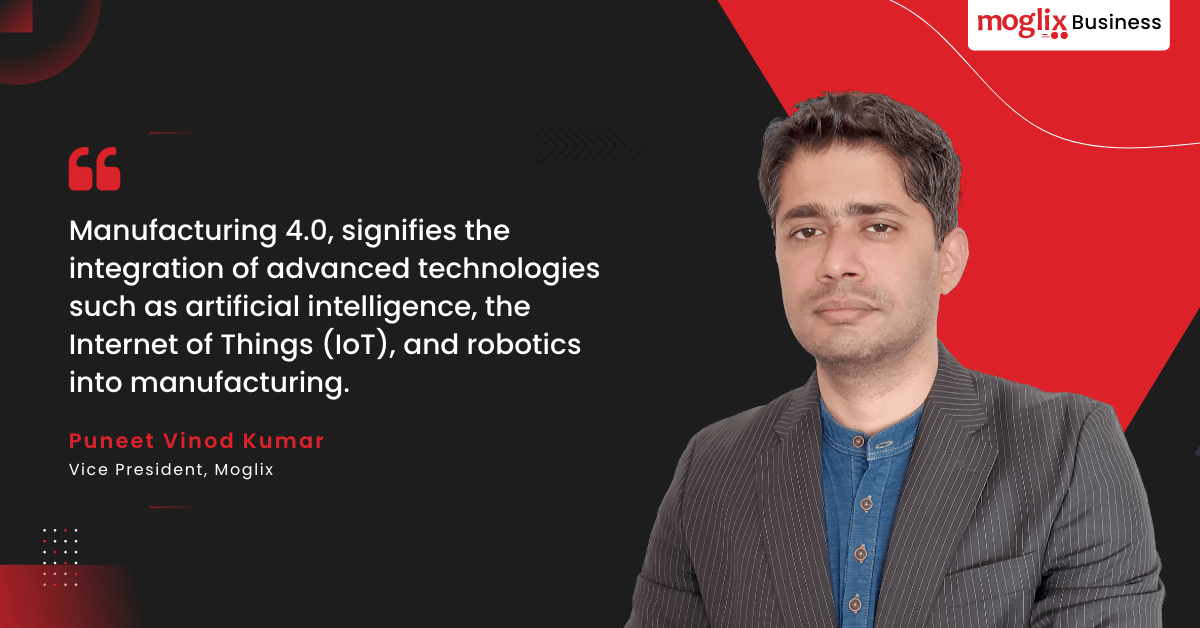
The Convergence of AI/ML and Manufacturing Industry 4.0: A New Era of Innovation
Manufacturing 4.0 is the dawn of machines that can think, learn and make decisions on their own. The idea isn’t strange to us because we’ve seen similar machines in movies. We have seen the T-800 in Terminator 2 and the NARS and CASE machines in Interstellar. These machines reflected human emotions, including the need for authority and even humour. These machines filled us with a mix of delight, thrill and curiosity.
What new could be possible with this generation of machines? Fast forward to 2023 and the real world. The machines of the future are here!
Transforming Manufacturing Supply Chain: A Conversation with Rahul Garg
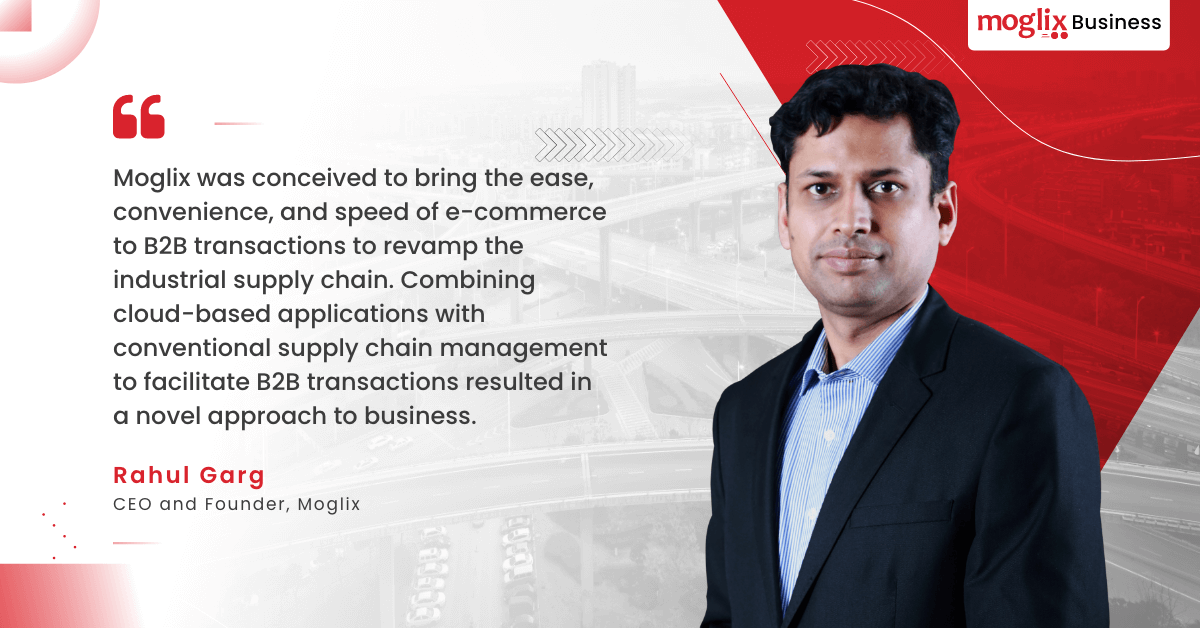
Transforming Manufacturing Supply Chain: A Conversation with Rahul Garg
Rahul Garg founded Moglix in 2015 with the idea of transforming industrial distribution with a technology first approach. Rahul adds Moglix was conceived to bring the ease, convenience, and speed of e-commerce to B2B transactions to revamp the industrial supply chain and utilize technology to reimagine the B2B commerce and supply chain landscape.
Unveiling the Truth Behind Talent Market Chaos: Exclusive Interview with Saumya Khare
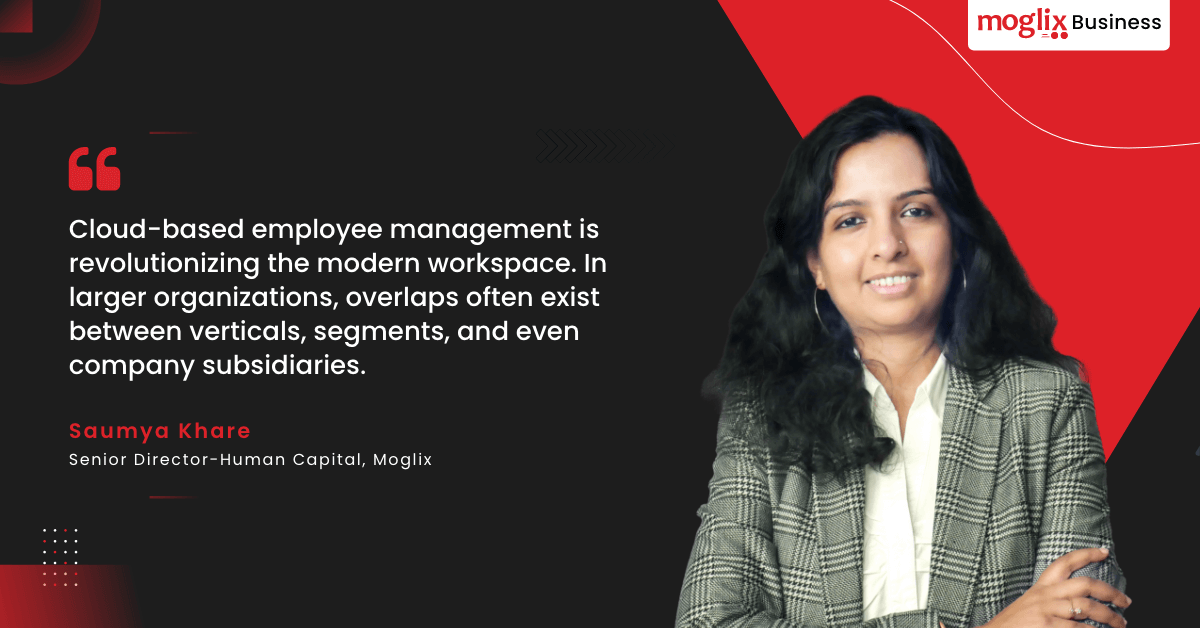
Unveiling the Truth Behind Talent Market Chaos: Exclusive Interview with Saumya Khare
In an exclusive interview with HR.com, Saumya Khare, Senior Director of Human Capital at Moglix, discusses the significant challenges of talent management in the future and how employers can pave the way for better talent retention.
She emphasizes that the talent market is constantly evolving, and HR teams must remain vigilant. Additionally, Saumya provides insights into the challenges that talent management will encounter in the future.
Moglix: Driving Innovative Transformations and Efficiency in the Energy Sector
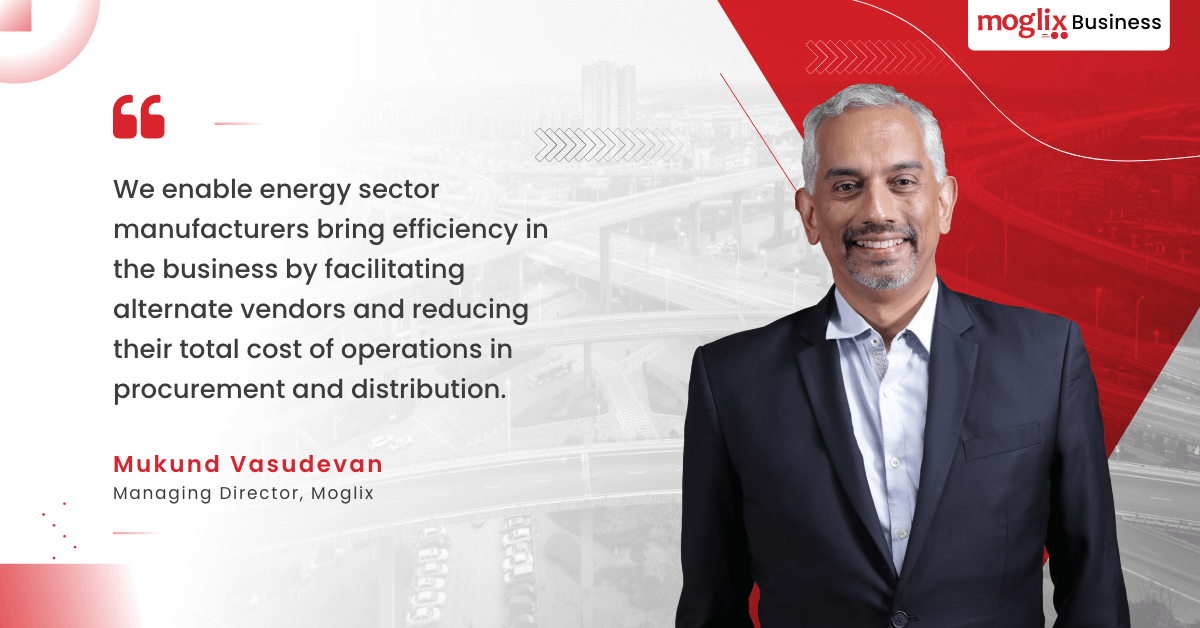
Moglix: Driving Innovative Transformations and Efficiency in the Energy Sector
In an exclusive interview with e-Gov magazine, Mukund Vasudevan, MD of Moglix, shared insights on how Moglix has been helping the energy sector.
He highlighted that Moglix has been enabling companies to enhance the efficiency of their supply chain management, providing inventory to minimize lead time, and making various suppliers easily accessible. Furthermore, Mukund discussed how Moglix has been supplying MRO and parts such as cables, batteries, inverters, solar panel frames, and large wind turbines.
Risk Diversification and Predictive Analytics: The Future of Pharma Supply Chain Optimization
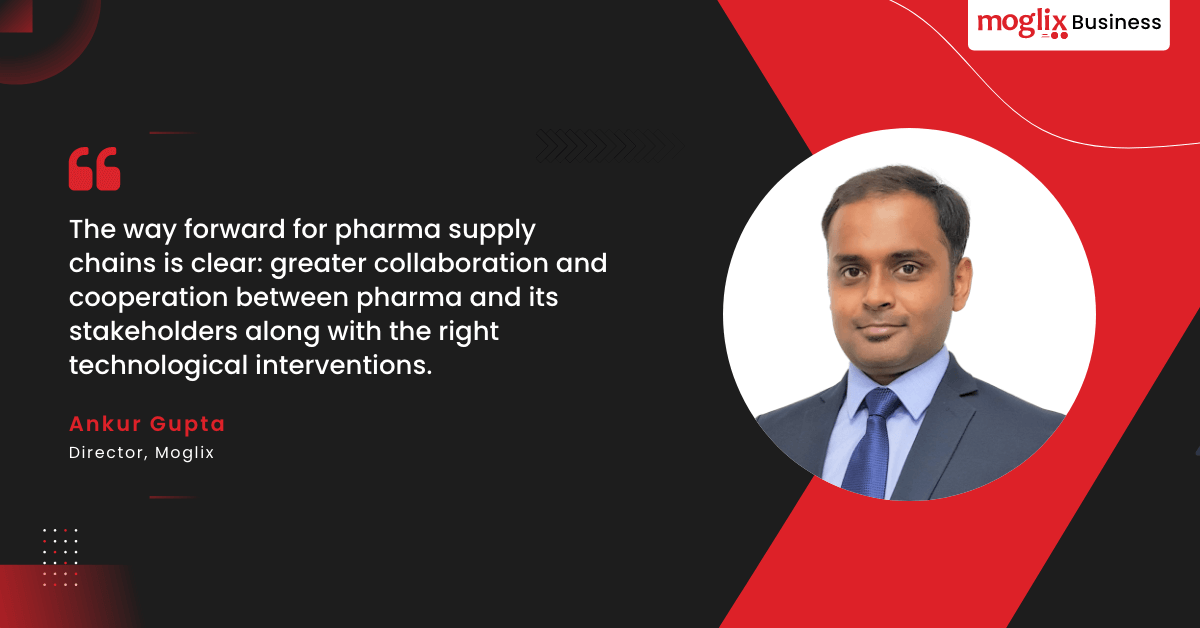
Risk Diversification and Predictive Analytics: The Future of Pharma Supply Chain Optimization
As of 2021, 27 per cent of drug shortages in the US are due to supply chain issues. As pharmaceutical supply chains reel under the expectations and pressure of the pandemic, drug shortages have skyrocketed over the past couple of years.
The pharma supply chain is quite complex with several stakeholders including manufacturers, wholesale distributors, and PBMs. Considering multiple bottlenecks like logistics, regulations, and distribution now is the time to redesign pharmaceutical supply chains.
From Concrete to Connectivity: The Role of Urban Intelligence in India`s City Growth
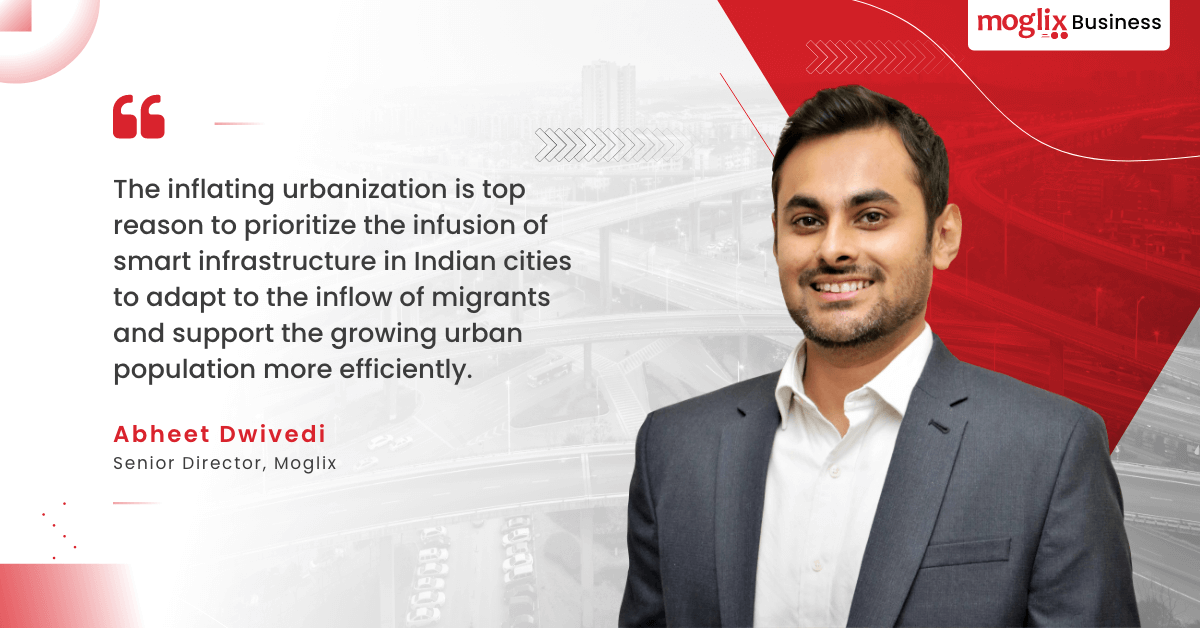
From Concrete to Connectivity: The Role of Urban Intelligence in India`s City Growth
Home to around 31 per cent of its current population, India’s cities are the lifeline of the country’s infrastructure, financial ecosystem, logistical movements, and even healthcare and education. They currently contribute to around 63 per cent of the national gross domestic product (GDP), and this number is only expected to increase phenomenally in the coming years.
The Indian government expects about 40 per cent of India’s population to settle in urban areas by 2030 and pegs the urban GDP contribution at around 75 per cent by this year.
